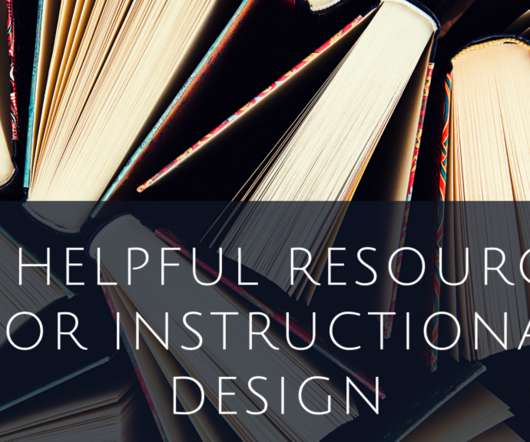In ‘Flipped’ Classroom, the Emphasis Must Be on Support, Not Video
Mindflash
APRIL 16, 2012
Salman Khan, he of Khan Academy fame, has said that the “ flipped classroom ” model — in which students watch or listen to pre-recorded lectures over the Web, on their own time rather than during class — liberates instructors to finally make real connections with their students. And certainly there’s something to that.









































Let's personalize your content